Central driving positions in supercars provide a unique driving experience, enhancing vehicle placement and visibility while also offering a distinctive aesthetic. Below is an overview of notable supercars featuring a central driving position. There are a few more than people may realise.
Buy now and take advantage of free delivery in South Africa on orders over R349.
Ferrari 365 P Berlinetta Speciale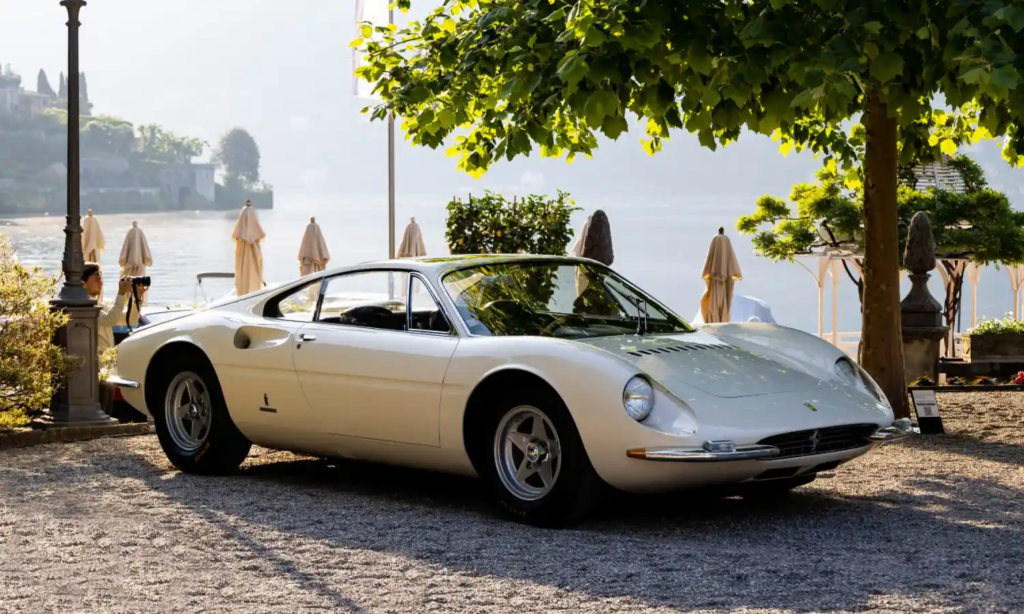
The Ferrari 365 P Berlinetta Speciale made its debut in 1966. Just two examples were produced. One was owned by Gianni Agnelli and the other by US Ferrari importer Liugi Chinetti. The ‘Speciale’ or Tre Posti is rare as a Ferrari with three seats, with the driver positioned centrally. It is the first 12-cylinder Ferrari with a central engine built for road use, hence the long tail. In 2014 a bid of $23m was turned down for Chinetti’s car.
- Engine: 4,4-litre V12
- Power: 280 kW
- Torque: 400 N.m
- Top Speed: 280 km/h
- 0-100 km/h: approximately 5,5 seconds
Click here to read about the very special Ferrari F40 that Agnelli had built for him.
McLaren F1
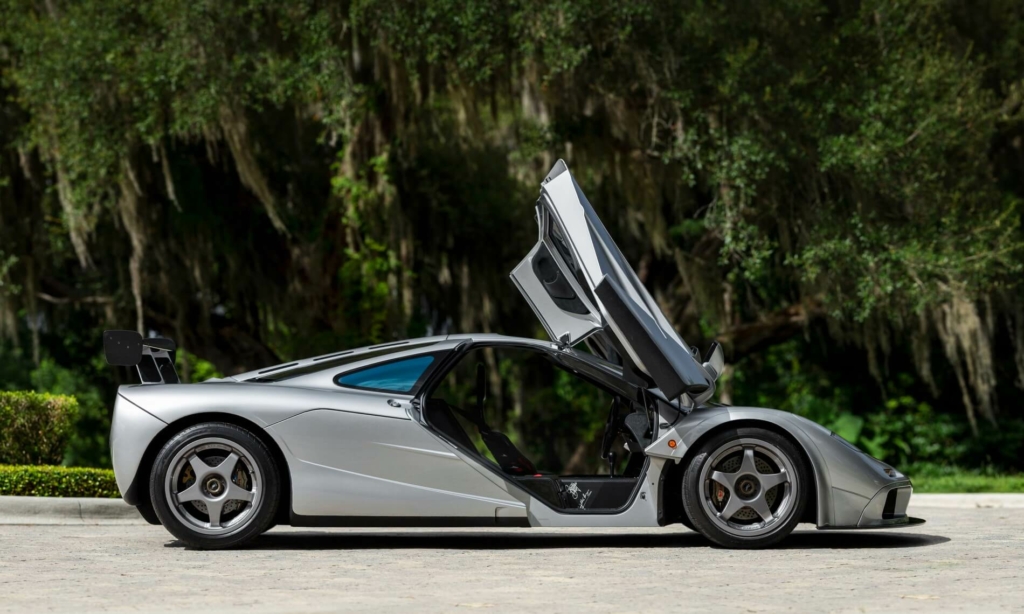
Many people believe the McLaren F1 was the first supercar with a three-seat/central driver’s seat layout. Designer Gordon Murray believed that the central driving position provided a single-seat racecar feel on the road. The F1 was the fastest production car in the world for many many years, in part, thanks to a small frontal area. It is still the fastest naturally aspirated production car.
- 6,1-litre V12
- Power: 468 kW
- Torque: 650 N.m
- Top speed: 391 km/h
- 0-100 km/h: 3,2 seconds
Czinger 21C
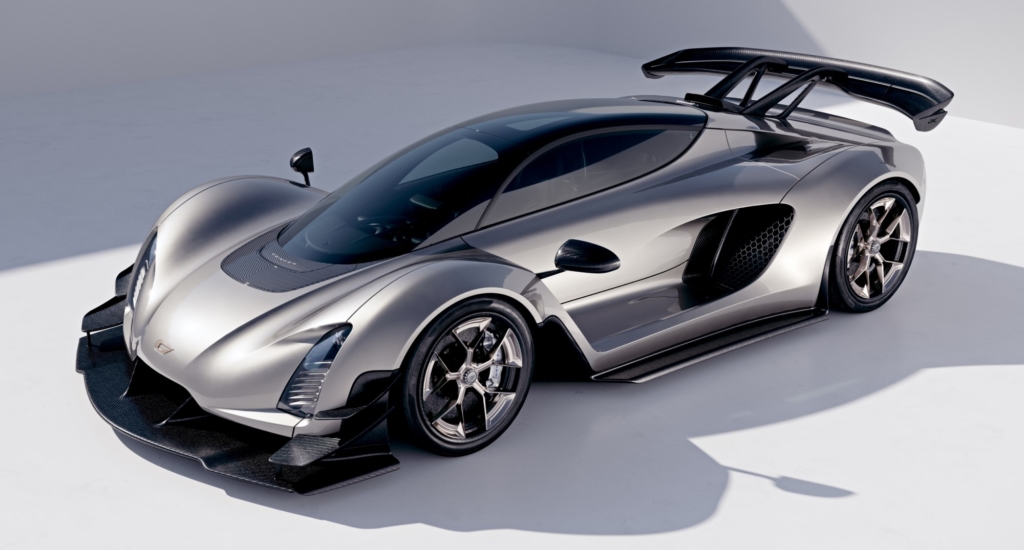
The Czinger (pr: Zinger, like the KFC burger) 21C is an American hybrid hypercar that utilises advanced manufacturing techniques, including 3D printing. Its design features a narrow cockpit with the driver at the center and a passenger directly behind. It is the only car in this list with ‘just’ two seats. You can learn more about this innovative machine by clicking this link.
- Engine: 2,88-litre V8 turbocharged hybrid
- Power: 920 kW
- Torque: 1 200 N.m
- Top speed: over 450 km/h
- 0-100 km/h: under 1,9 seconds
McLaren Speedtail
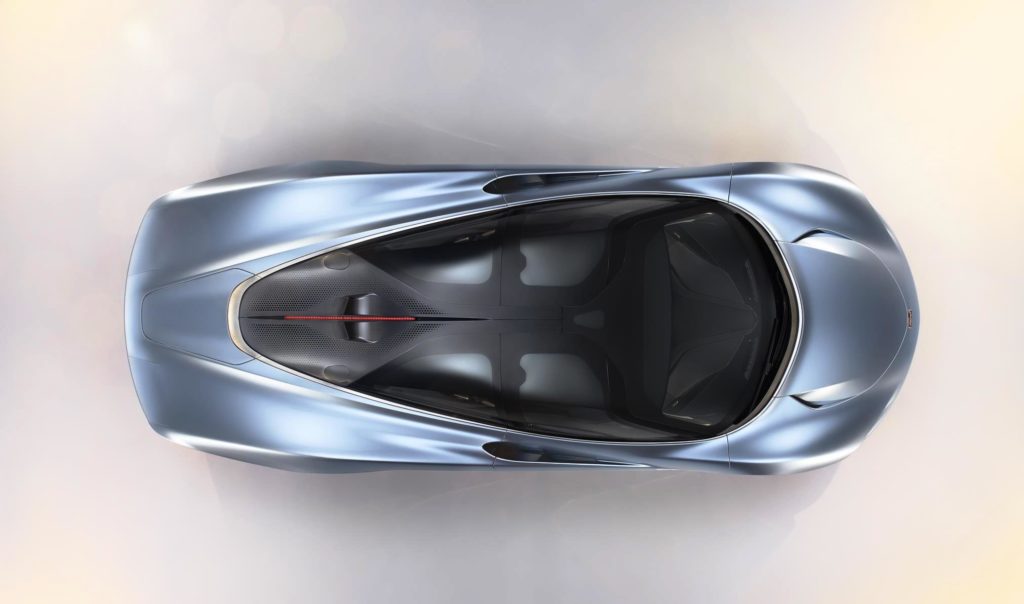
The McLaren Speedtail combines luxury with performance in, what the company calls a hyper-GT. The Speedtail continues the legacy of the F1 by placing the driver centrally while offering cutting-edge technology and a slippery shape. As a result it can attain a top speed in excess of 400 km/h, the first McLaren road car to break that magical mark.
- Engine: 4,0-litre V8 turbocharged hybrid
- Power: 773 kW
- Torque: 1 050 N.m
- Top speed: 403 km/h
- 0-100 km/h: 3,0 seconds
GMA T.50
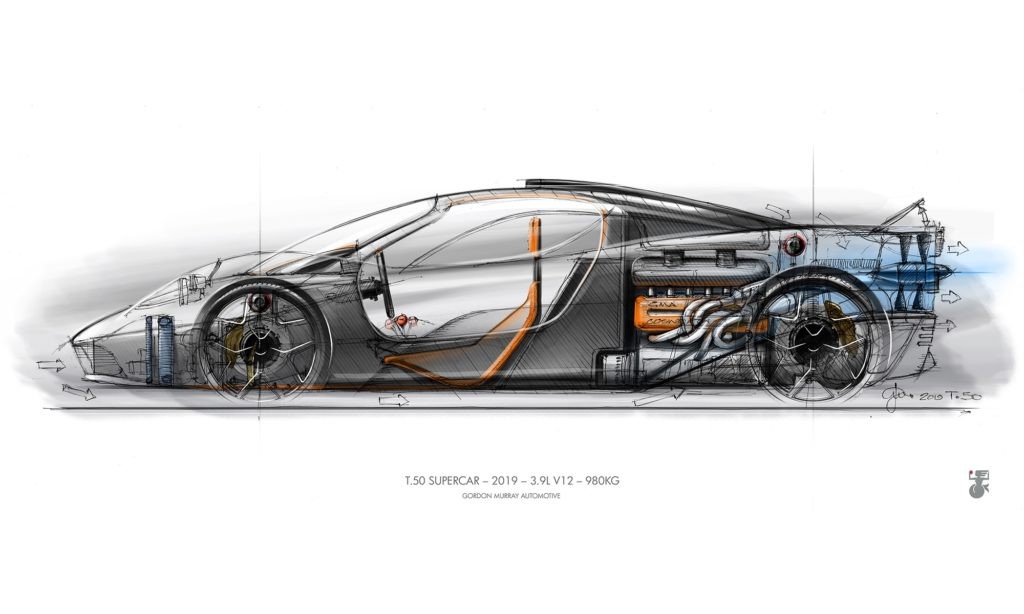
Gordon Murray is responsible for the GMA T.50, the same man who is responsible for the McLaren F1. It was created to, in his words right the ‘wrongs’ of the McLaren F1. The company makes no performance claims for the T.50 as it was created with an emphasis on driver engagement. Its central seat provides a small frontal area and space to scare two friends. You can learn more about it at this link.
- Engine: 3,9-litre V12
- Power: 520 kW
- Torque: 467 N.m
- Top speed: n/a
- 0-100 km/h: n/a
Glickenhaus SCG 004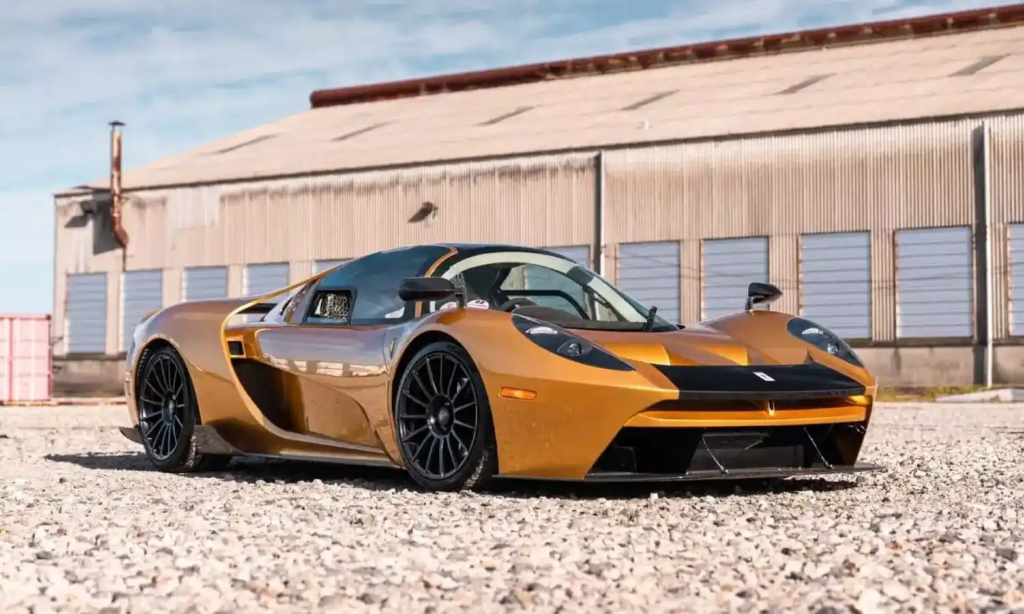
The Glickenhaus SCG 004 is the latest member to join this exclusive club. It takes much of its inspiration from the seminal McLaren F1. The American sportscar features a central driving position with two passenger seats flanking the driver. Additionally, it features a carbon-fibre tub and has a manual transmission.
- Engine: 6,2-litre V8 supercharged
- Power: 482 kW
- Torque: n/a
- Top speed: 306 km/h
- 0-100 km/h: approx 3 seconds

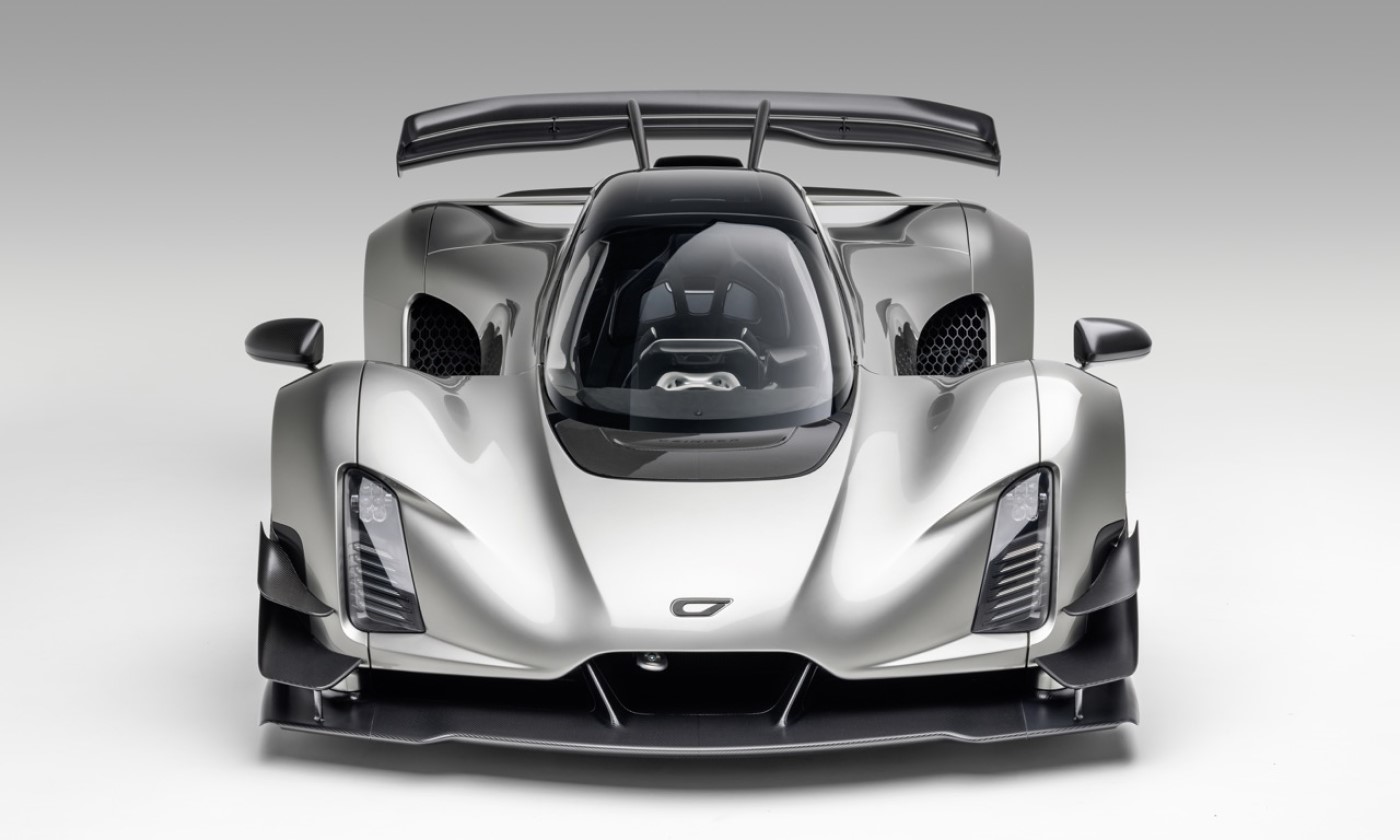
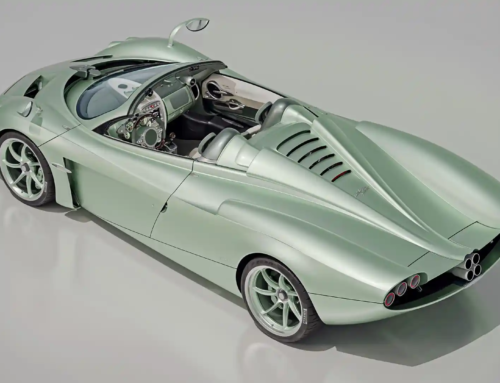
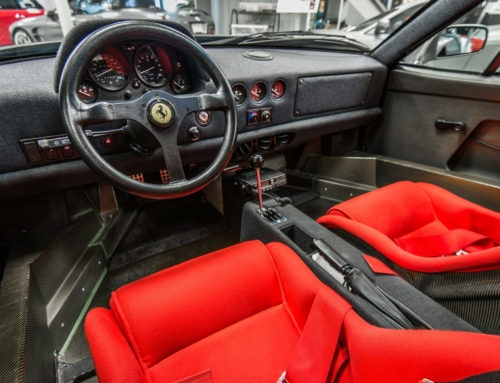
![[UPDATED] Mazzei Formula Five Is One Man’s Obsession](https://doubleapex.co.za/wp-content/uploads/2024/08/Mazzei-Formula-Five-500x383.jpg)
![Ferrari Amalfi Introduced as Roma’s Replacement [w/video]](https://doubleapex.co.za/wp-content/uploads/2025/07/Ferrari-Amalfi-500x383.webp)
Leave A Comment